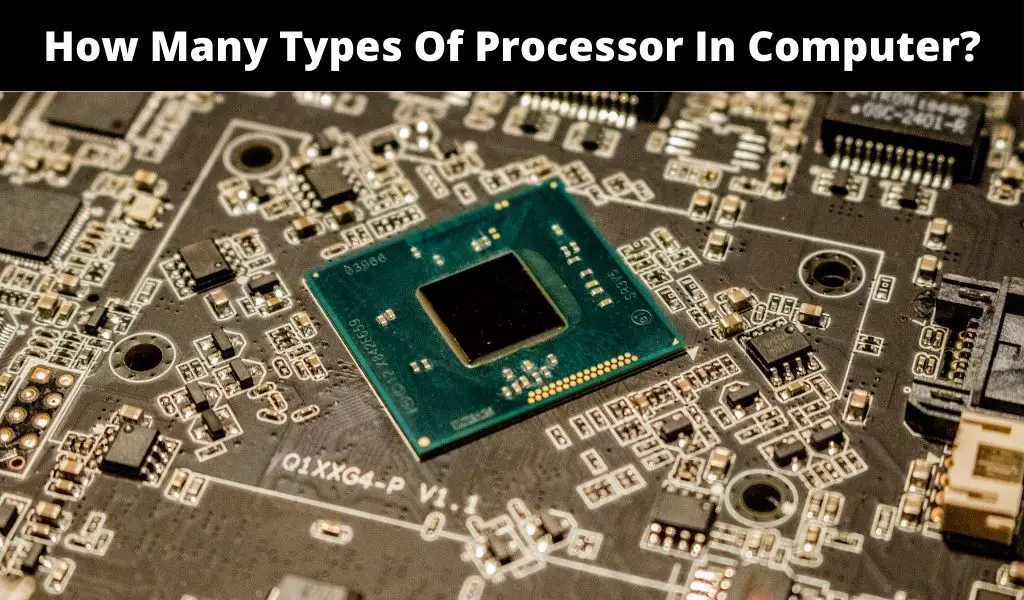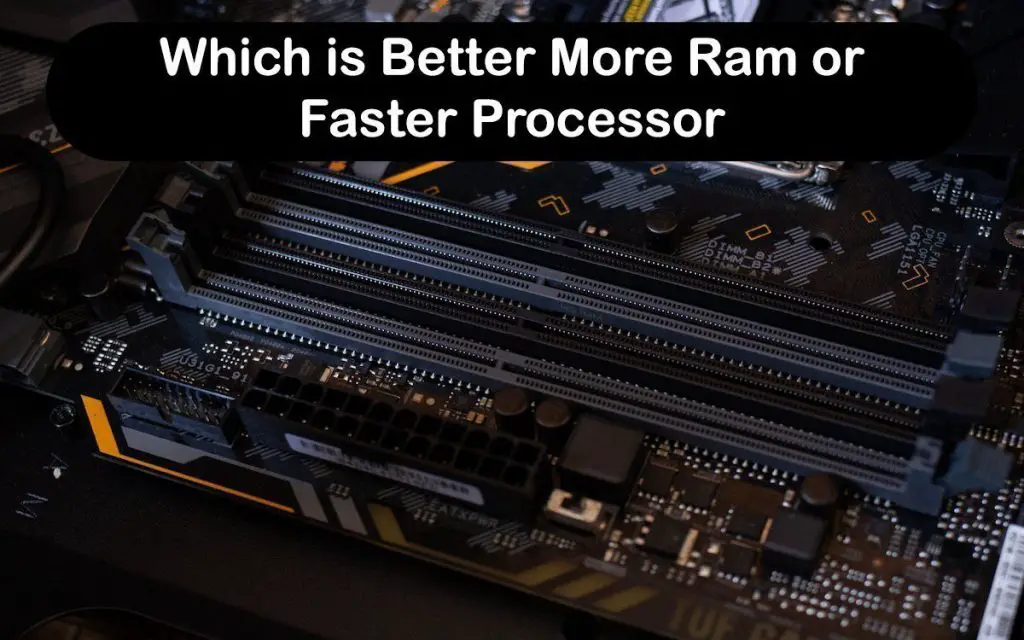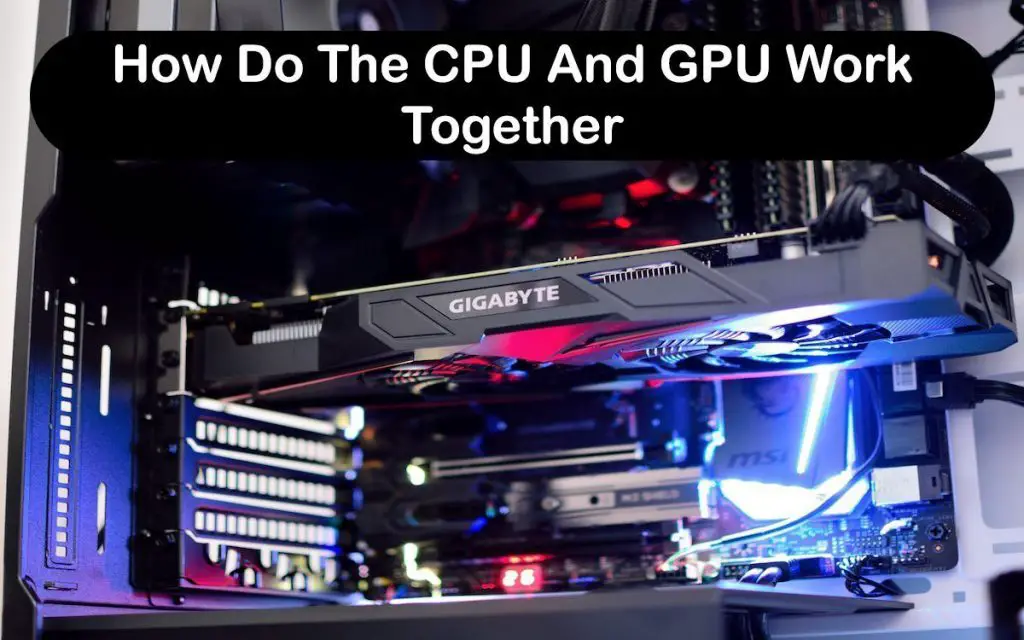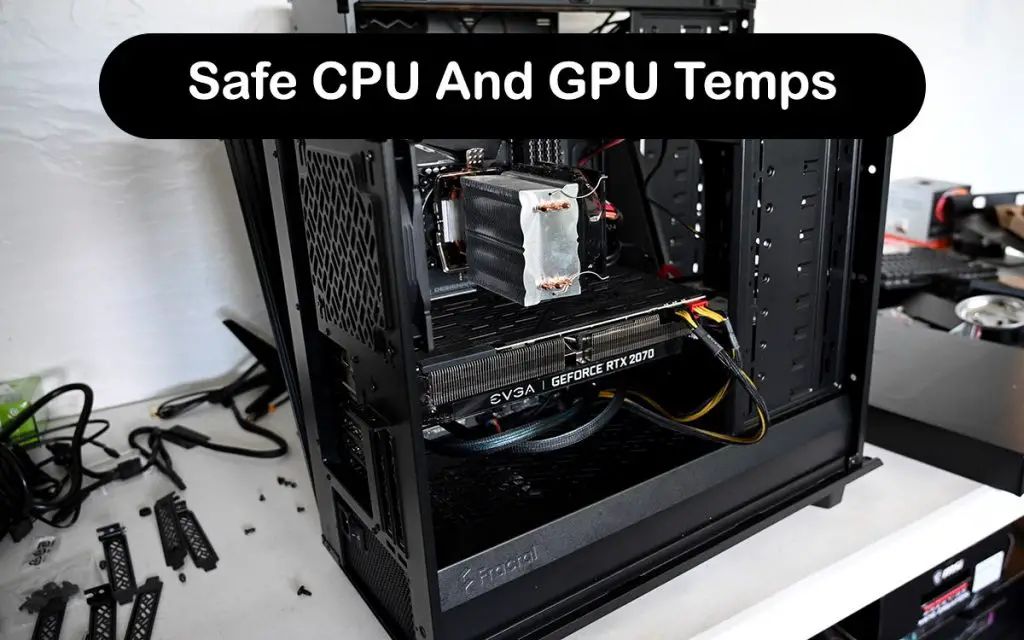This article will provide an overview of the types of processor in computer. But, what is a processor?
A processor in a computer is the simple chip or the logic circuit that normally reacts to the input processes and the basic or essential instructions that are required for a computer to operate. The most vital purposes of processors are decoding, getting, writing back (feedback), processing, and executing the instructions of a chip.
A processor is generally known as the brain of an electronic system that incorporates a computer, laptop, embedded systems, and smartphones. The two most significant processor components are the arithmetic logic unit (ALU) and control unit (CU).
The functions unit (logic) can be multiplication, division, addition, and subtraction. Whereas, the function unit (control) helps to manage the flow of traffic which follows command or operation given according to any input instructions. A processor will interact with any neighboring component that can be the input, output, memory, and storage components.
how many types of processor in computer?
types of processor in computer are a microcontroller, digital signal, microprocessor, and an embedded processor. These vary according to different devices. The most important entities of a Central Processing Unit are called heart elements belonging to the system and the processor. Control units fetch, execute, and activate all the input commands or instructions.
The processor generally comprises a chip that is unit IC and is embedded in the microprocessor. Some of the devices are based on a multicore processor that has more than one CPU. This can be linked with a heat sink and a fan to the motherboard that will help to disperse the heat produced.
1. Microcontroller
It is standard and is available in various packages and sizes. Reacting to the Microcontroller’s corresponding output and input reading is the most basic and important function of a microcontroller.
For this reason, it is known as GPIO (General Purpose Input and Output) processor. Some examples of microcontrollers are Microchip Atmega 382, Microchip P1C16F877A, Microchip P1C16F1503, Microchip P1C16F671, and Microchip P1C18F45K22.
2. Microprocessor
The basic and important functions of a system are represented by microprocessors that are integrated with the embedded processes. A microprocessor is a processor that is standardized and it contains the Arithmetic Logic Unit (ALU), unit of control, and registers such as status registers, scratchpad registers, and control registers.
There are various types of enterprises that implement different microprocessors. A microprocessor can be memory (on-chip) and a few interfaces interact with the external world through interrupting lines.
Other forms can be memory registers and ports that help in interacting with the outer world. The ports act as input or output and are generally called programmable. According to the device’s behavior, the programs are modified and fed.
A microprocessor is formed by merging more than one microprocessor together. The processors share the output and input memory and operation. Every processor has a similar memory register access time and a bus associated with every processor.
The access and working along with functions of output and input are shared mutually by a processor for performing the same functions. Few examples of microprocessors are, Intel 111 Pentium, IBM 750X PowerPC, MIPS R5000, StrongARM SA-110, etc.
3. Digital Signal (DSP)
This processor of digital signals is required for measuring, filtering, and compressing digital or analog signals. Signal processing means the analysis and manipulation of digital signals. Integration circuits that are application specified, gate array that is field programmable, computers that achieve distinct signals, and digital signals can be used to make the process.
Digital signal processors are required in the use of an oscilloscope, mobile phones, printers, and barcode scanners. The DSPs are used for implied and rapid applications (real-time).
A Few examples of DSPs (digital signal processors) are the T1C5416 processor, DSP 32C processor, etc.
The applications of DSP are:
- Image processing
- Speech processing
- Seismology
- Biometric processing
- Radar
- Medical processing
4. Embedded processor
An embedded processor is made to control the mechanical and electrical functions. It consists of multiple blocks like program memory, timer, reset, data memory, power supply, systems of clock oscillator, interfacing circuits, system application circuits and ports, and specific circuits.
5. Media processor
The video or image processor is known as the media processor. It is created or designed to work with real-time data. The applications of an audio processor are professional audio and the user interface of voice. Few examples of media processors are, IN2602AP IP, TN2302AP IP, DM3725, DM3730, DM388, DM37385, TMS320DM6431, TMS320DM6467, etc.
6. ASIC (application-specific integrated circuits) processors
The building of certain applications requires an integrated circuit that is application-specific. These chips consume low power and their sizes are also small. ASIC is a high-cost design which is the prime disadvantage. ASICs are used in modems, satellites, computers, and many more.
A Few examples of top manufacturing companies of ASIC are Bitfury PVT Company, Ams AG PVT Company, Semiconductor XMOS PVT Company, Semiconductor Analogix PVT Company, IDT (Integrated device tech), Hookit PVT Company, Lumen radio PVT company, EDAptive computing PVT Company, and many more.
7. Multi-processor
It is a computer processor that consists of one or more CPUs and each of them shares the main memory, peripherals, and a bus to process all the programs simultaneously. These processors are also called Tightly-coupled systems.
Multiprocessor’s advantages are increased reliability, increased scale of economy, and increased throughput. Multiprocessors are used whenever a high speed is needed to process or maintain a huge data volume.
A few characteristics of the multiprocessors are as follows-
- It consists of two or more processors and they all are more or less similar
- Output and input devices along with the memory are shared by the multiple processors which is an added advantage
- Output and input access of the devices are also shared by the multiple processors
- As because the bus connects all the processors, the time of access of the memory remains same for every or each processor
- All the processors perform the same functions
8. ASSPs (application specific system processors)
The ASSP is an integrated semiconductor circuit that is required for implementing any specific function. Characteristics, die sizes, and performances are the exact same as the system of ASIC.
These are required by multiple industries to create video decoding or encoding and audio decoding and encoding. The ASSP instead of a embedded software, is used to get a faster solution. Some examples of ASSPs are W3100A, IIM7100, etc.
What are the components of a processor?
- The fundamental or basic parts of a processor are ALU (arithmetic logic unit), floating points, registers, cache memory (L1 & L2), and control units.
- The ALU (arithmetic logic unit) comprises arithmetic functions and logical functions in the instructions on operands.
- Math co-processor or numeric co-processor is also known as the floating-point unit. It is a special operator that helps in manipulating the numbers rapidly as compared to a microprocessor basic circuit’s operation.
- Data used to feed the instructions that are operated on to ALU and other instructions are saved or stored with the help of the registers. The L1 & L2 cache memory helps in saving the CPU’s time that is required to fetch or pick up the data/information from RAM.
- A processor’s primary and fundamental functions are decoding, executing, writing back, and fetching. The instructions from the memory are received and then fed to the RAM with the help of the function, fetch.
- The instructions or commands are edited by the decoding process to acknowledge the other CPU elements that are needed to stay in the operation and it is done with the help of the instruction decoder. While the process of execution is on, the CPU gets triggered and carries out different functions.
- Many Multi-core processors in the market comprise numerous IC that enhance the processor’s performance, give a parallel process or simultaneous multiple tasks, and the consumption of power is limited.
- Separate processors are required to install multiple cores. This is because in one socket they are plugged in that provides an established common connection that will make it way faster.
- In few computers, there are more than 2 cores which can be further increased to 12 cores. It is known as a single-core processor if the CPU processes with only a single set of commands (finite) at a time. It is known as a dual-core processor if the CPU follows two different instructions at a single point in time.
- The processor is known as a quad-core processor if it follows 4 command sets at a single point in time. If there are multiple cores then the computer can follow the numerous commands in a simultaneous manner.
conclusion
Among the types of processor in computer, few multi-threading processors use the virtualized processor’s core. These kinds of processors are also known as vCPUs. These are not at all powerful like a physical core. It is meant for increasing the virtual machine’s performances. It adds the vCPU that is unnecessary so that the consolidated ratio is affected. It can be created from a built-in one, four-six physical cores.





